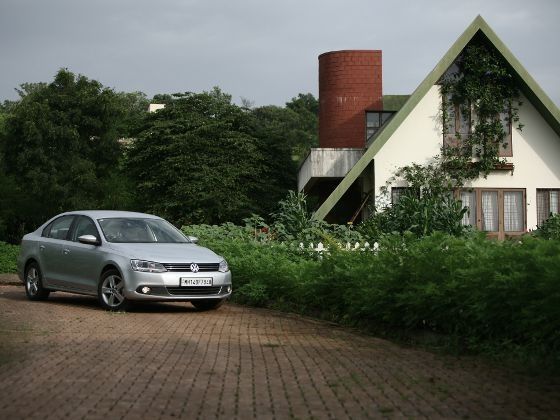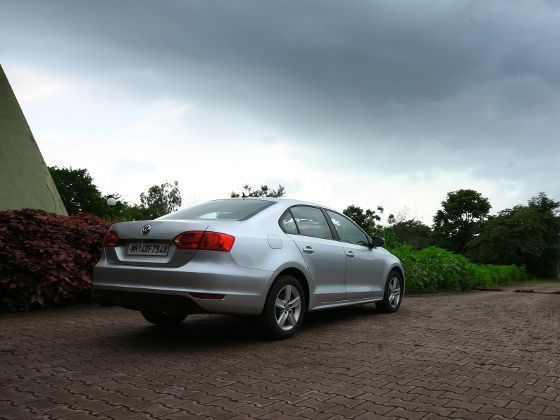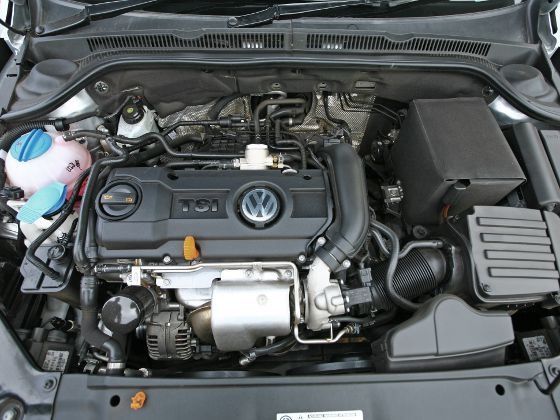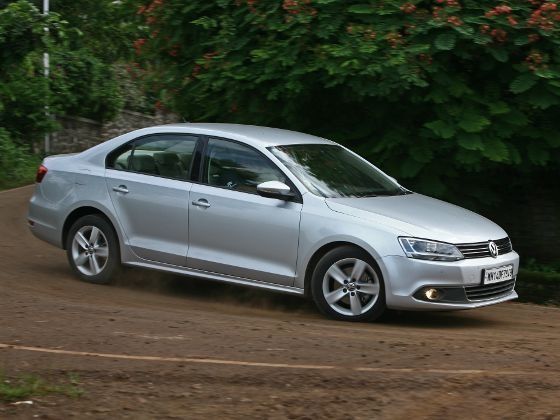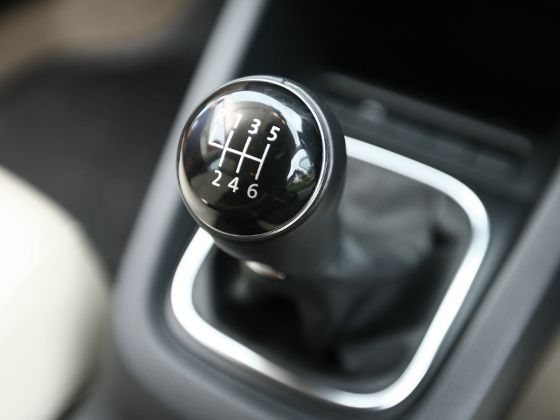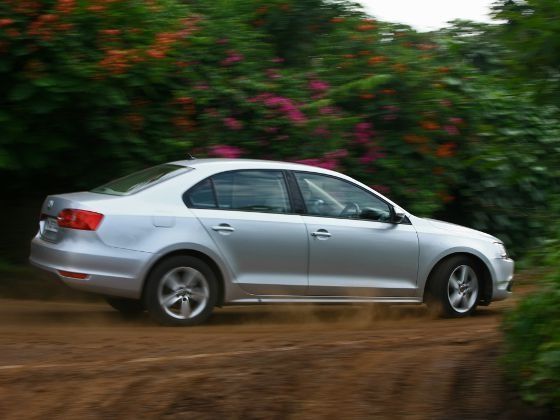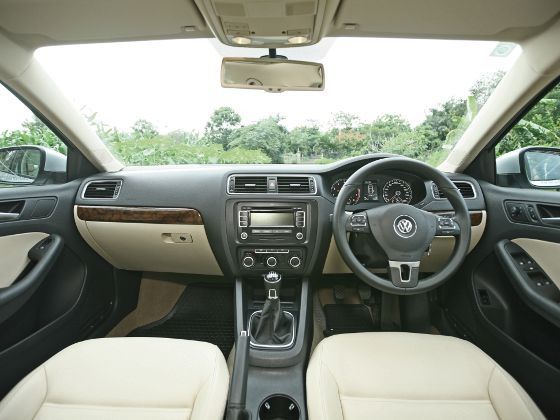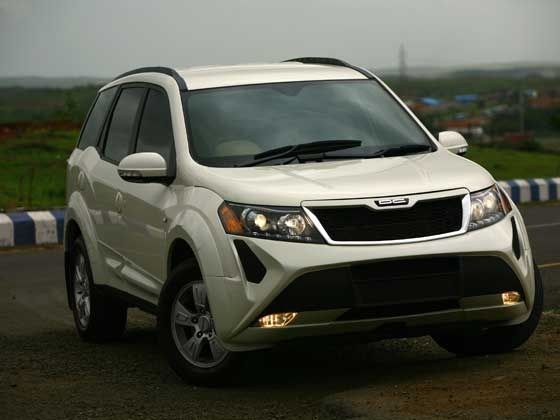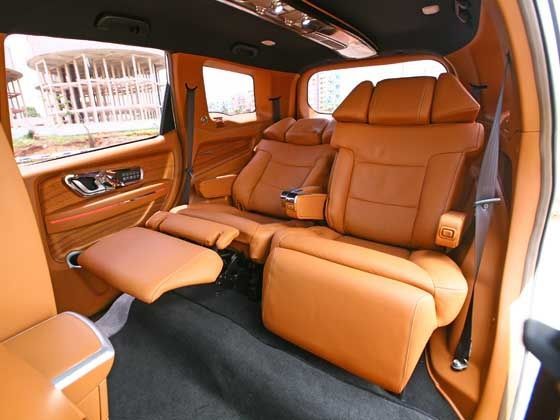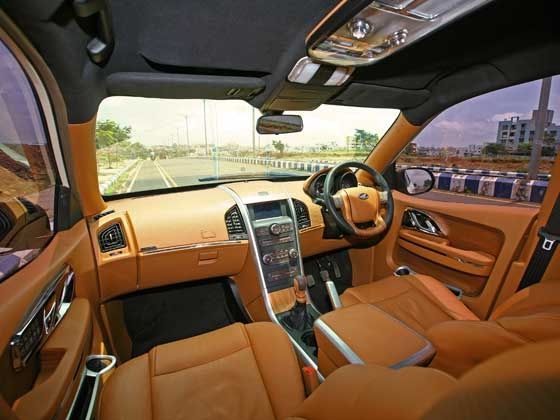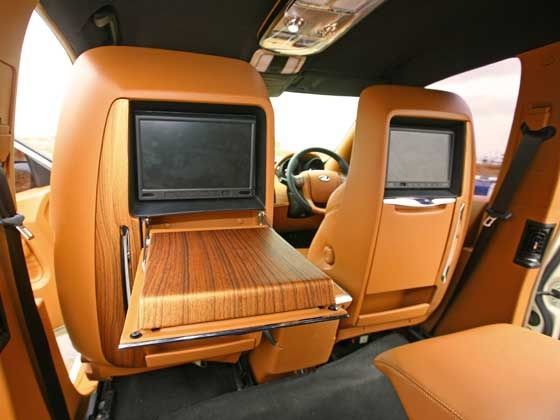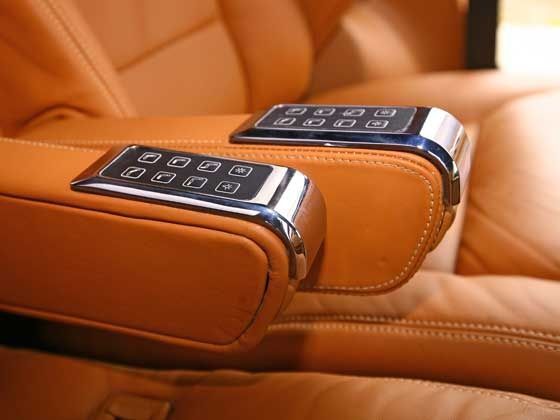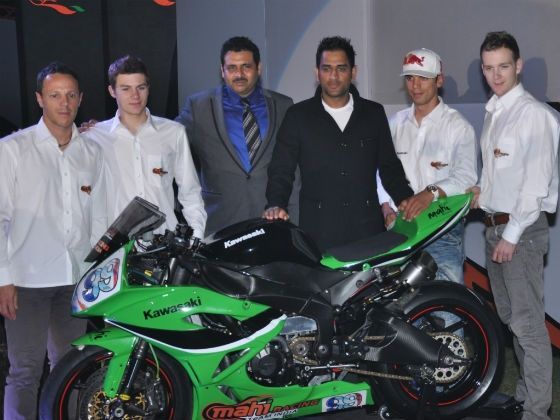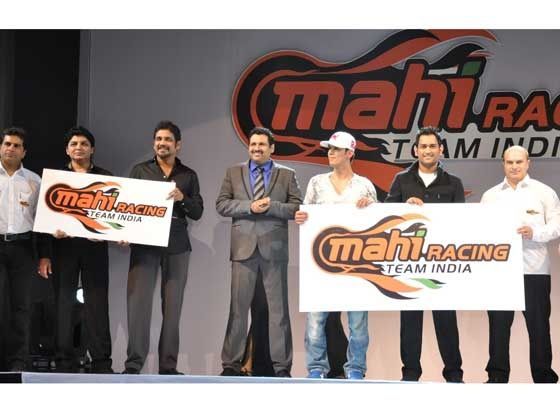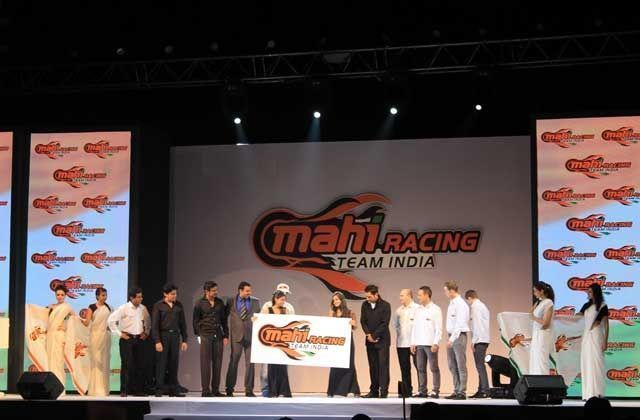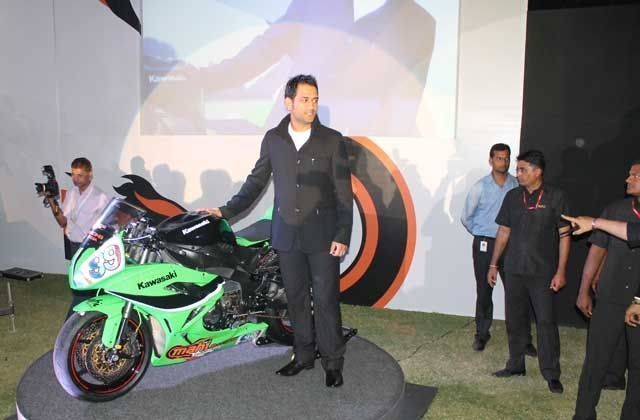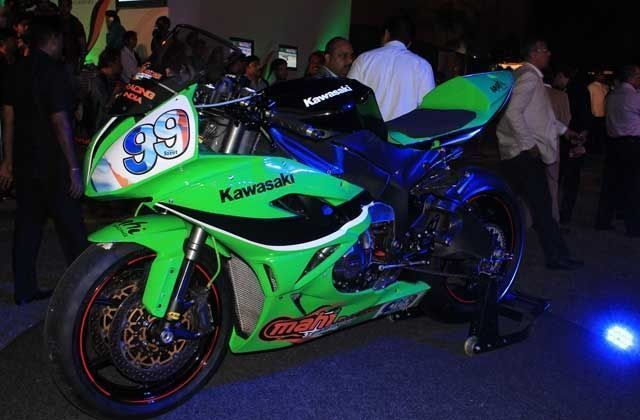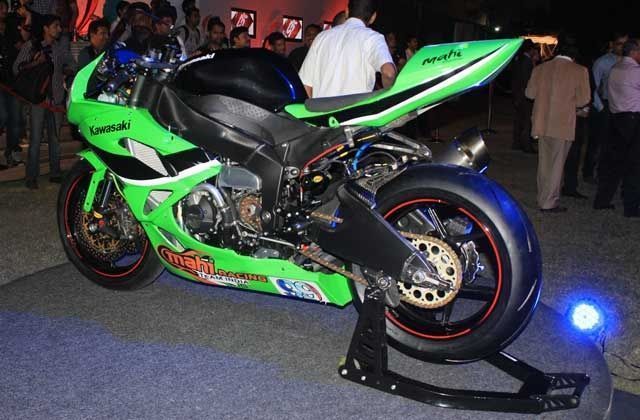
Auto IQ uses a device
that plugs into a vehicle’s OBD II connector. Vehicle data is
transmitted to Delphi cloud servers, which identify service/maintenance
needs, communicate with aftermarket parts suppliers, and via email or
text message, the motorist.
The independent automotive service aftermarket
holds a commanding share—nearly 72%—of the market, most of which is won
when the vehicle warranty has expired. However, the drop in the number
of car dealers during the recession, which should have given the
independent a new opportunity, has been countered by OE telematics
installations that establish dealer shop-to-car communication. The
connectivity can deliver road service requests, send vehicle health
reports, receive remote diagnostic reports, and schedule service
appointments.
These are powerful weapons, enabling the
dealer to create a seamless transition from the warranty period. But
now the aftermarket is developing its telematics responses, and adding
dealer-level service capabilities. Delphi Product and Service Solutions,
in conjunction with aftermarket partners, unveiled its multipart system
at the recent AAPEX Show during Automotive Aftermarket Industry Week in
Las Vegas.
The overall system, called Auto IQ,
features the Connected Car Telematics Solution (CCTS). This device plugs
into the vehicle’s under-dash OBD II connector and, through a cellular
modem or a Bluetooth connection to a smartphone, communicates through
the cloud with Delphi firewall-protected servers within a virtual
private network.
Although the CCTS doesn’t have access to
the OE external communications systems, Delphi does have the ability to
use both generic and OE-enhanced OBD II data and special algorithms to
derive the equivalent data it needs. This data, which includes vehicle
mileages, is sent to the servers at preprogrammed intervals or when a
real-time action occurs, such as logging of a diagnostic trouble code
(DTC).
The CCTS is expected to be especially
appealing to those driving cars that were not factory-equipped with
telematics and also to the majority of motorists who choose to switch to
the independent garage, whether they have an OE telematics system or
not.
Identifies VIN for diagnostics
The Delphi servers can identify the VIN
(vehicle identification number) so therefore can produce make/model/year
identification if a DTC is logged, decide if that indicates a specific
repair part is likely to be needed, and transmit the data to servers in a
designated aftermarket service network. CCTS similarly can determine
from mileage and time data if maintenance is needed and also communicate
that information to the servers in the aftermarket service chain. In
both cases, it additionally would send out an email and/or text
notification to the motorist.
Further, by integration into a part
supplier’s e-catalog, CCTS can get the parts number and ensure that the
servicing shop has it or ready access to it. At the garage end,
integration of CCTS into the shop management system also completes the
network between a customer and his chosen garage, including scheduling
of appointments and even road service. The plug-in device, as a result,
likely would be installed by the garage and the tie-in subscription
established with Delphi. The fee structure for the service has not been
announced, but Delphi said it would be tailoring packages depending on
such factors as the requested level of functionality.
The plug-in device was developed by Delphi in conjunction with Aftermarket Telematics Technologies
(ATT), a software firm with which a relationship was established. ATT
created what Delphi described as a series of interfaces that fit well
into the independent aftermarket structure, specifically the
communication between motorist, independent garage, and parts supplier.
CCTS was named the first winner of the Aftermarket Telematics Challenge
by the Automotive Aftermarket Industry Association.
AAIA has been moving on several fronts to spur aftermarket
competitiveness, also including diagnostics, access to OE service
information and reprogramming, and rapid ordering and delivery of parts,
through its eShop/"Shop of Tomorrow” program. The objective is to
promote a network of equipment, software, and parts suppliers that are
compatible with the open standards of the AAIA initiative.
Delphi also announced its mobile
e-catalog, based on the online catalog for PCs but capable of automatic
optimization for smartphone/tablet formats, including Apple (iPhone and
iPad), Android, and Windows phones and tablets. It does not require
downloading an app, just entering go.Delphi.com. If the
technician knows the part number, he enters it and the part itself is
shown. Or he can enter year, make, and model and get to the part number
in three “touch/clicks.”
Supports widely used protocols
Delphi’s Auto IQ uses a PC platform with a
vehicle communications interface (VCI) device (plugs into the OBD II
connector at one end, the PC or a tablet at the other). It supports most
automotive data bus, diagnostic, and reprogramming protocols, including
SAE J2534 (“Pass-Thru”), SAE J1850, CCD (Chrysler Collision Detection), ISO 9141 and 15765, Keyword Protocol (KWP) 2000/ISO 14230, and General Motors UART (Universal Asynchronous Receiver/Transmitter) and CAN.
The VCI, supplied by Blue Streak Electronics, is capable of OE-level reprogramming via the SAE J2534 protocol.
At the independent garage service level,
Auto IQ and the VCI also provide such OE functionality as access to
repair information, enhanced diagnostic data, and bidirectional
controls, of which there are thousands for GM, Chrysler, and Ford. It also can graph up to 16 data items, in color, on a PC or tablet screen.











